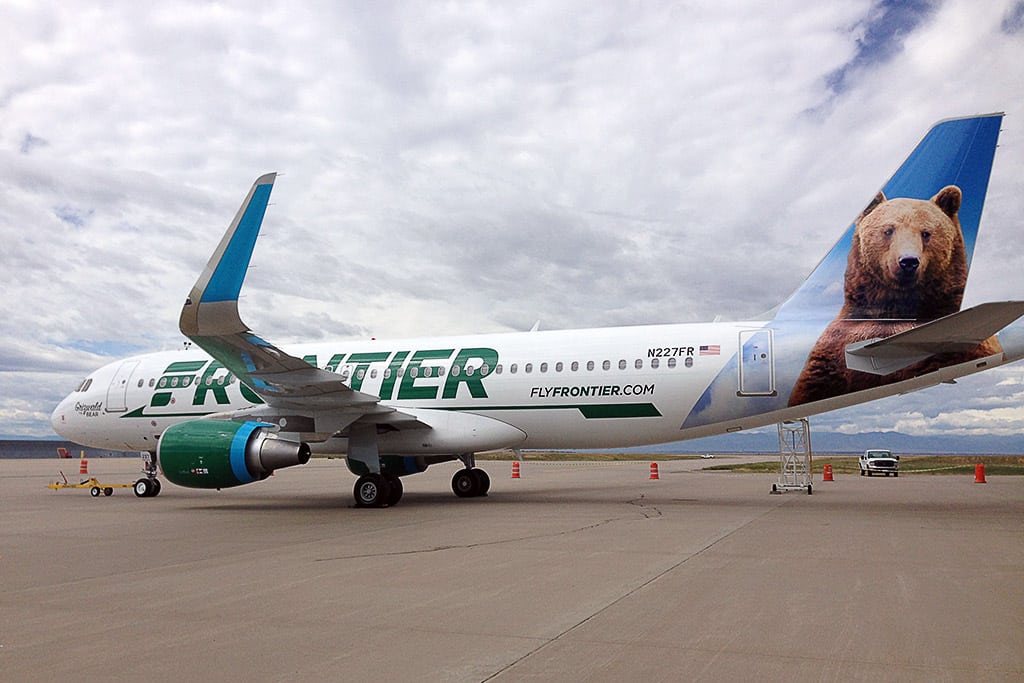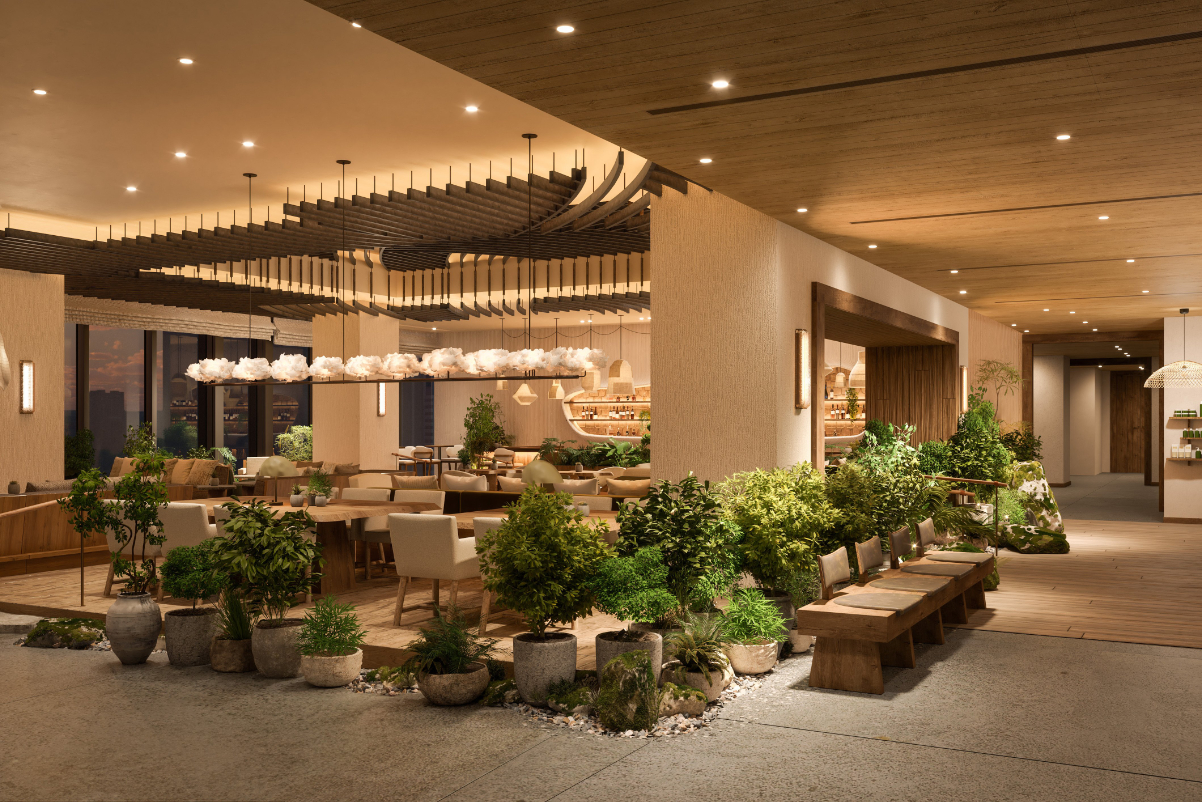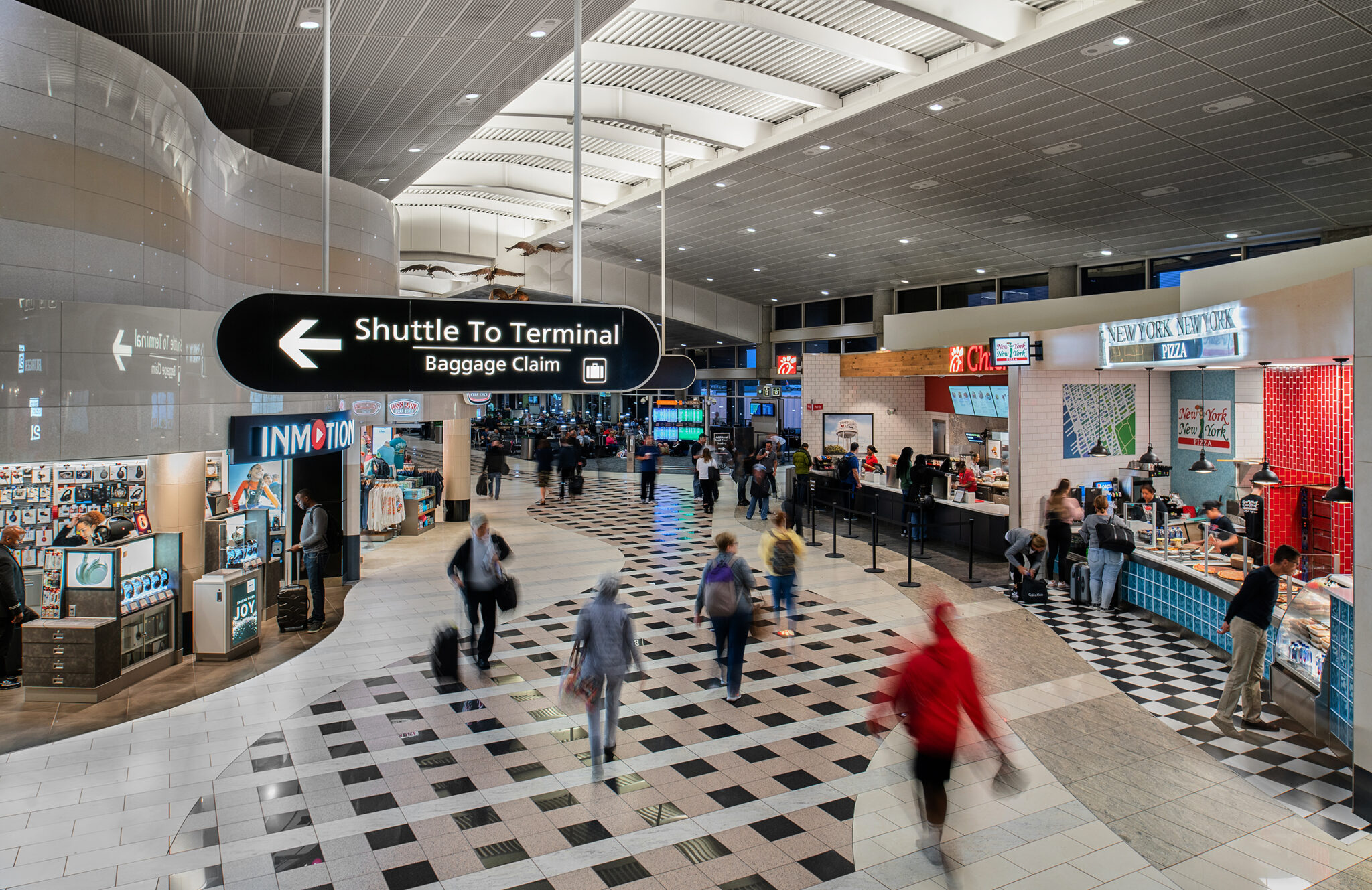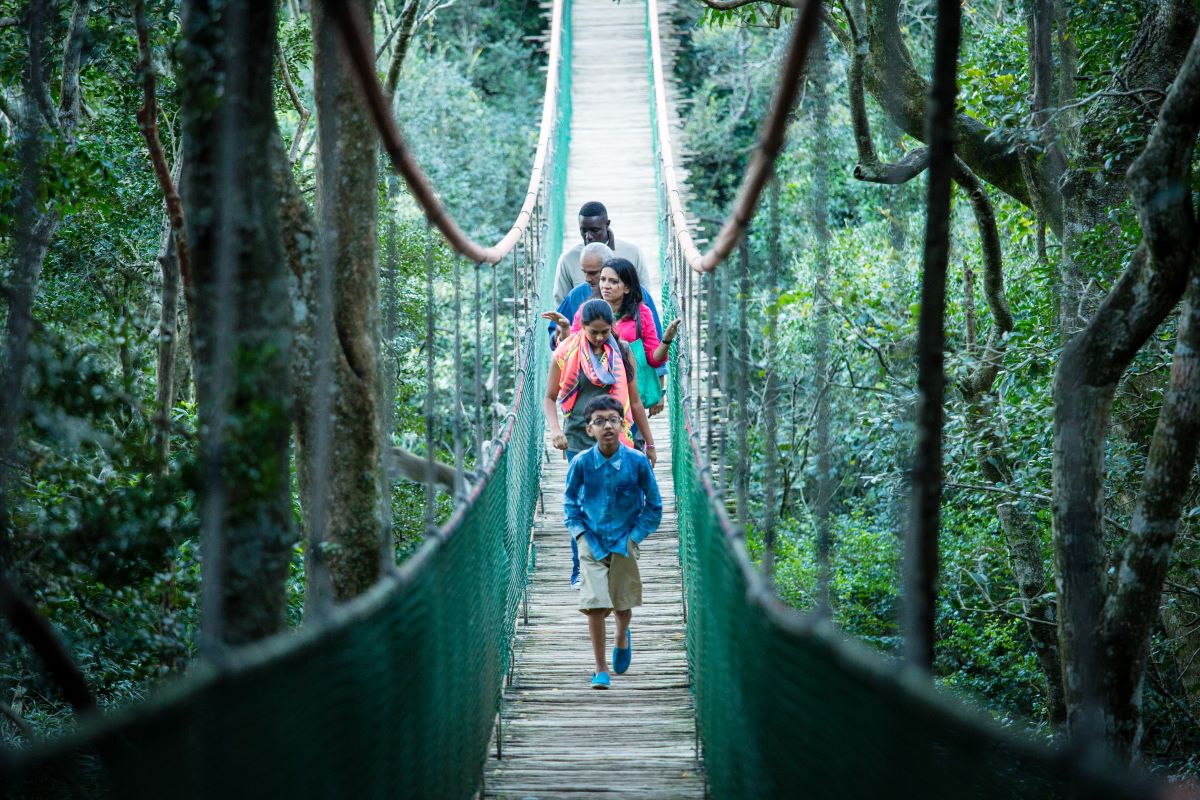Frontier Airlines Looks to the Past to Set Designs on Its Future

Skift Take
Seeking to position itself as an airline that offers super cheap fares but still cares about customer satisfaction, Frontier Airlines unveiled a new branding strategy on Tuesday, one that plays up the carrier's long history.
The core of the new campaign is a return to a stylized 'F' the airline used in the late 1970s and 1980s. It was designed by Saul Bass, who also came up with United's former 'U'-shaped symbol known as "The Tulip," as well as an earlier logo for Continental. As part of Frontier's new brand look, the 'F' will be painted on aircraft, along with an italicized version of the airline's name. The italics font, which was not part of the original design, is meant to show Frontier is moving forward.
When it first appeared in Frontier branding 35 years ago, the 'F' was part of a red, black and white look. But Frontier switched to green in 1994 and the company that designed the new campaign-- PS: Studios in Phoenix -- decided to keep that scheme. But there are other nods to the past.
For one, below Frontier's logo, PS:Studios added an arrow pointing forward - an homage to a 1950 Frontier logo that appeared on DC-3s. Perhaps more important for younger customers, Frontier is keeping large pictures of animals on its aircraft tails, believing characters like "Griswold The Bear," remain an important part of the brand. As Frontier slowly repaints its aircraft, the animals will take even more real estate, stretching past the tail onto the fuselage.
"Whenever we talked to people about making changes, the first thing they said was, 'You're not going to change the animals, right?'" said Peter Shikany, president of PS: Studios.
The rebranding comes as Frontier seeks to reinvent itself as an ultra low-cost carrier similar to Spirit Airlines in the United States and Ryanair in Europe. Customers who were accustomed to a full-service airline now must pay fees for carry-on baggage and onboard drinks. In exchange, they're generally paying less for tickets.
"It's critical that we change the way we are perceived," said Tyri Squyres, Frontier's vice president of marketing and a former executive at Allegiant Air. "It's a fresh new look and start."
Frontier also unveiled a new website on Tuesday, offering one-day only promotional fares for $15 each way in some markets. The goal of the new site is to make it easier for customers to find what they want.
The investment in technology is part of a push to decrease the number of interactions customers have with Frontier employees. It should be possible, Squyres said, for passengers not to have a human interaction until they reach the airplane -- and to not even feel as though they're having a bad airline experience.
"We are going to find a way to let customers know that it's a bit of a different travel experience but that they are going to get a better value than ever,' Squyres said.
There is some risk with going back to a previous look. Frontier is not nearly the same airline it was when it first used the Saul Bass design. In fact, it actually went out of business in 1986, before the name was resurrected by investors in 1994.
Henry Harteveldt, a travel industry analyst at Atmosphere Research Group, said in an email that Frontier may have erred with the backward-looking approach.
"The new identity is the equivalent of someone flailing their arms in water, pleading for help," he said. "The airline has no clear vision about where it wants to go. Absent that, they pillaged the history books to rob Frontier of past branding elements - and, in doing so, failed miserably at this exercise."





